RETRO – 2024 is a landmark year in video game history, marking the 30th anniversary of Warcraft: Orcs & Humans. This game fundamentally changed the world of real-time strategy games and is still fondly remembered today. Released in 1994, Warcraft not only set a new standard for strategy games but also laid the foundation for Blizzard’s success in the gaming industry.
In the early 1990s, Blizzard Entertainment, then known as Silicon & Synapse, was a small, enthusiastic team with big dreams. After the success of Rock N’ Roll Racing and The Lost Vikings, they decided to embark on something truly ambitious. Thus, the idea for Warcraft: Orcs & Humans was born, which would later become a cornerstone of real-time strategy games.
The early days: the dawn of coding
During the development process, the Blizzard team worked for over a year to create the perfect game. In a small office where pizza and coffee were the keys to survival, what we now know as Warcraft was born. Samwise Didier recalls:
“Warcraft started as a small game. Not many knew about it, but those who did were deeply engrossed. I was proud of it, and now that it’s known worldwide, I’m amazed that there are people who know more about the game than I do.”
Patrick Wyatt, one of the lead programmers of the game, also reminisces:
“When we started developing the game, we played a lot of Dune 2 for inspiration. But from the beginning, we wanted to create a multiplayer experience that would take real-time strategy games to a new level.”
Revolutionary game mechanics
Warcraft: Orcs & Humans captivated audiences not just with its story but also with its gameplay. One of the biggest innovations was the introduction of real-time strategy elements, where players had to manage resources and command their armies simultaneously. The conflict between orcs and humans became a central element of the game, presenting new challenges with each mission. According to Didier, the game’s style evolved significantly over the years:
“When we started, Warcraft was more reminiscent of medieval Europe. As we became successful, we added more of our flavor. Warcraft II had a lot more humorous elements.”
Wyatt mentions:
“The ability to select multiple units at once was one of my proudest innovations. It significantly sped up tactical maneuvers and improved gameplay.”
The epic battle: humans vs. Orcs
One of the biggest attractions of the Warcraft franchise initiated by Warcraft: Orcs & Humans was its universe – even though the story of the first part was simple. The epic battle between humans and orcs in the world of Azeroth took center stage. The human kingdom of Azeroth, which was invaded by the orc horde, had its own story and motivations. The orcs were not just evil monsters but an oppressed race seeking a new homeland. Didier notes the evolution of Warcraft:
“The first part of the game was simple, but as we progressed, we added more color and uniqueness. Warcraft II introduced ogres, dwarves, and elves, and the style really came into its own with Warcraft III.”
Wyatt adds:
“In the early stages of gameplay, we faced difficulties due to the limitations of ‘Real Mode,’ but with the help of the Watcom C compiler, we made breakthroughs that allowed us to use much more memory and provide a richer experience.”
The challenges of game development
According to Patrick Wyatt, the early development process lacked detailed plans, often working with the “business plan du jour” method:
“During the game’s development, we faced numerous technical challenges, such as limited memory. Initially, we worked in DOS ‘Real Mode,’ which only allowed 640K of memory. Later, we switched to the Watcom C compiler, which enabled 32-bit memory management and significantly expanded our possibilities.”
Developing the multiplayer feature was also challenging. Wyatt recalls:
“One of our primary goals was to create a multiplayer experience. In the early stages of development, we didn’t have a network in the office, so we exchanged data on floppy disks.”
The success of Warcraft: Orcs & Humans not only led to sequels but also laid the foundation for an entire genre. Real-time strategy games thrived in the 1990s, with many developers following Blizzard’s example. Games like Command & Conquer and Age of Empires all followed in Warcraft’s footsteps. Blizzard continued to develop and expand the world of Warcraft, eventually leading to the release of World of Warcraft in 2004. This MMORPG game has since gained immense popularity, with millions playing worldwide. However, the foundation still lies in that 1994 game, which celebrates its 30th anniversary this year.
Re-releases and modern availability
Nostalgia has always played a crucial role in the world of video games, and Warcraft is no exception. The original Warcraft: Orcs & Humans game is still available on various platforms, such as through the Battle.net system. Blizzard has ensured that new generations can enjoy this classic game. According to Didier, the game development process has also changed significantly:
“In the past, a game was completed in a year. Now it takes years because we can add so much to it. With the old Nintendo games, space was limited, but now we can work on a game until we say it’s ready.”
Wyatt also recalls:
“During the game’s development, we faced numerous technical challenges, but through the team’s dedication and creativity, we succeeded in creating a game that revolutionized the genre.”
Re-releases and digital platforms provide players with the opportunity to relive the early adventures of the Warcraft world. The game’s mechanics and story remain captivating today, reminding us of how far the video game industry has come in the past 30 years.
-Gergely Herpai „BadSector”-


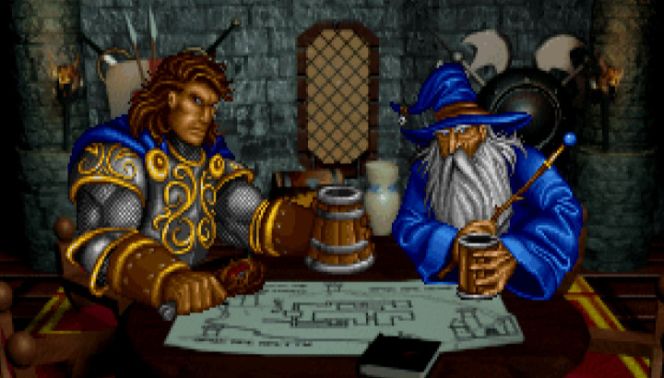
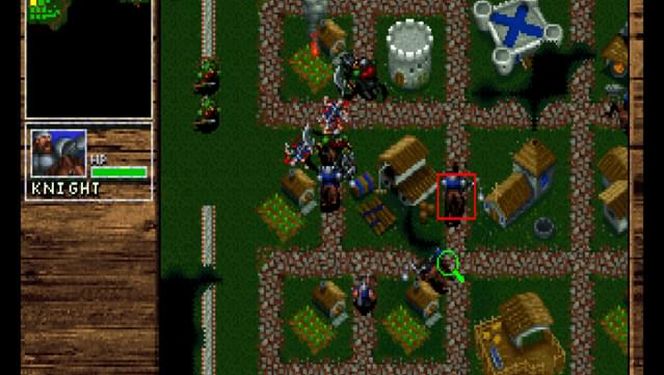
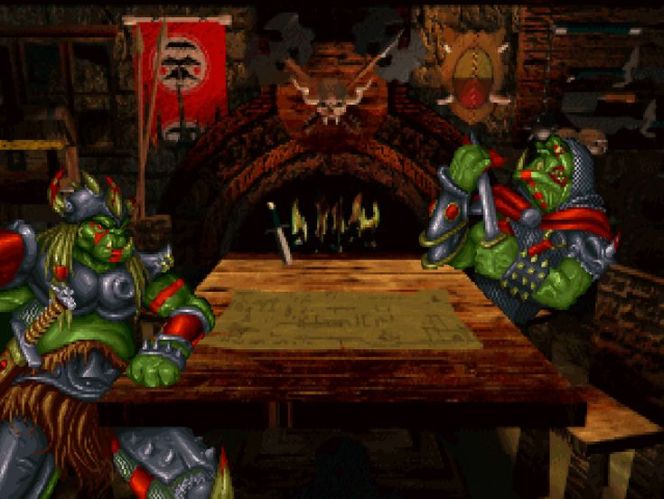
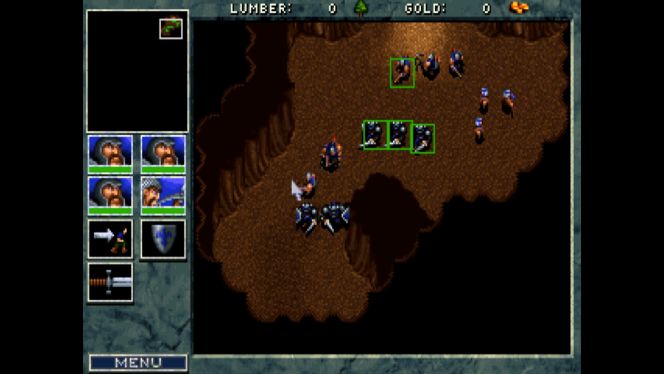
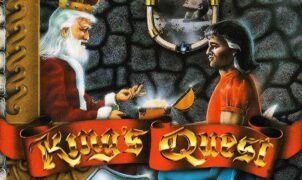
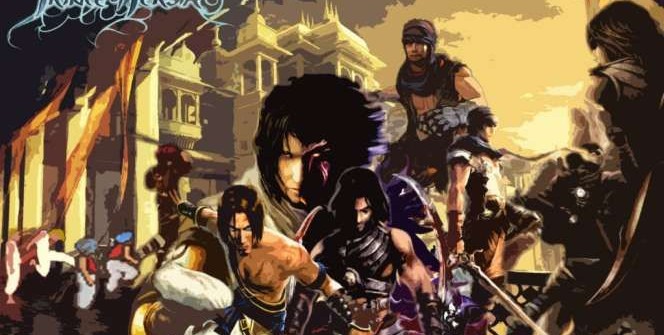




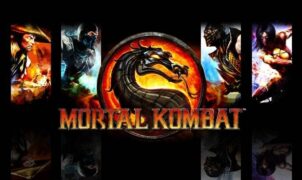

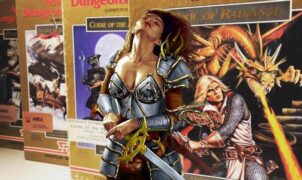





Leave a Reply